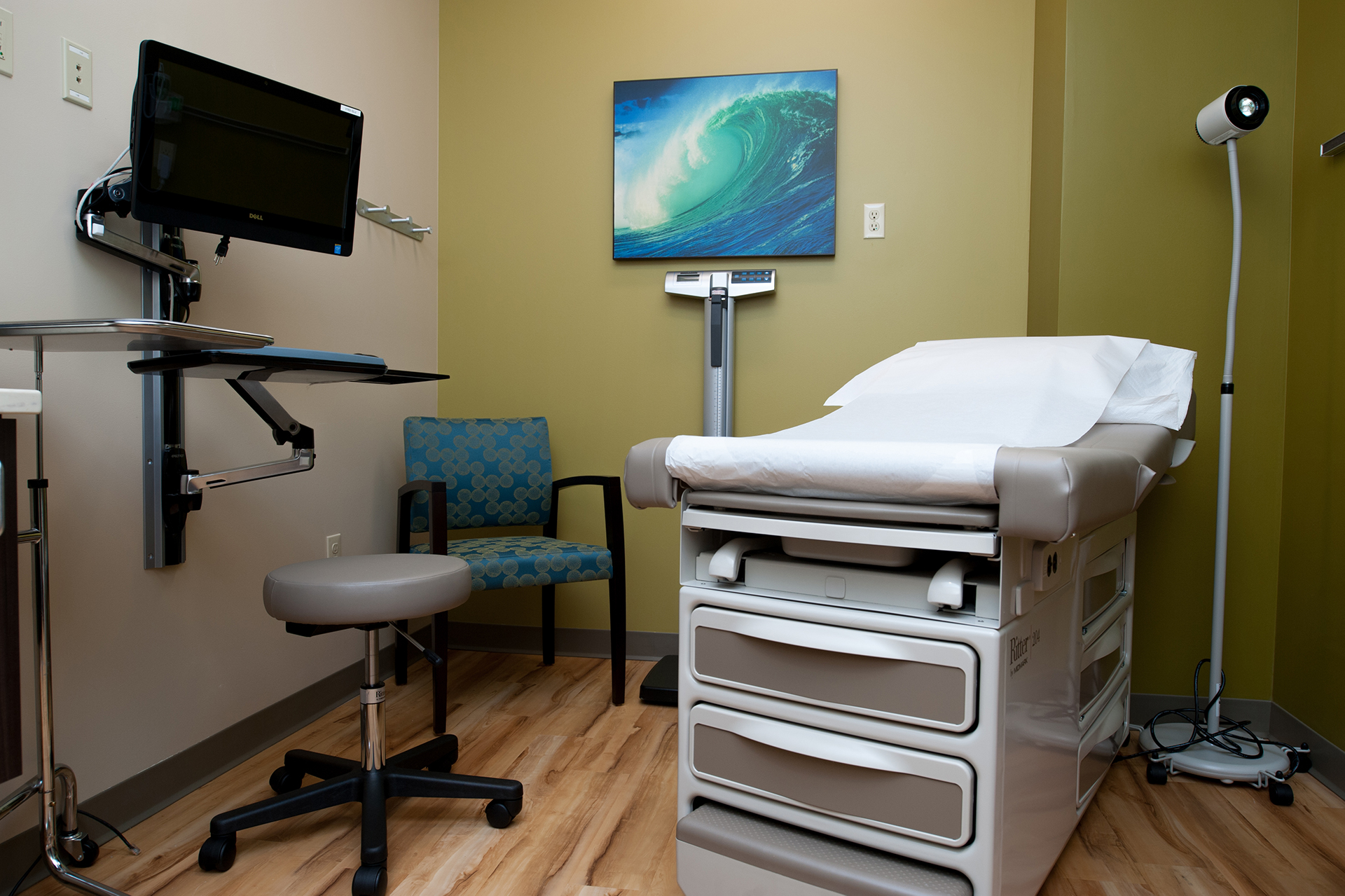

CMS has proposed a permanent expansion of telehealth coverage to make it easier and more convenient for people receiving Medicare to access care, especially those living in rural areas. It’s still unclear exactly what telehealth benefits will be covered once the COVID-19 pandemic is over. Since March 6, 2020, Medicare has covered telehealth appointments for all Medicare beneficiaries for office, hospital visits and other services that typically take place in person. Most plans will also require service providers to be in-network. So be sure to check coverage with your insurance provider. 3ĭepending on your Medicare Advantage plan provider, however, the telehealth services that are covered might vary. Medicare Part B, which covers outpatient services, covers telehealth services.įor seniors who have Medicare Advantage (Medicare Part C), which you buy through a private insurance company, coverage for telehealth appointments is typically the same as for those who have Original Medicare, also known as Medicare Parts A and B. Telehealth can also include monitoring devices that collect patient data and deliver it directly to providers to review, like devices that monitor heart rate and blood pressure. Someone from your provider’s office may be able to walk you through connecting to a telehealth appointment the first time. This enables you to access the appointment.
Do telehealth visits have copays software#
If you’re meeting with your provider by video, you may need to download software to your computer or add an app to your phone before the appointment. In the case of a phone call, your provider will usually call you. Healthcare providers typically email or text patients a link they use to connect to a virtual appointment. In practical terms, patients with mild symptoms or those seeking routine care meet with their doctor or other healthcare provider online via video or by phone instead of having to go into the office.ĭuring a video appointment, patients can see and hear their providers on a computer screen or smartphone and receive health advice much as they would in person. Telehealth is the exchange of medical information from one place to another place using technology and electronic communication, with the goal of improving a patient’s health. It’s unclear whether expanded Medicare benefits for virtual appointments will continue after the COVID-19 pandemic ends. The cost for a telehealth appointment is the same as an in-person visit and may even be less. Keeping more people at home during COVID-19 limits exposure to the virus and helps stem its spread.Įffective March 6, 2020, and for as long as the COVID-19 public health emergency continues, Medicare will continue to pay for telehealth services.ĬMS, which oversees Medicare, has temporarily expanded the types of providers that can offer telehealth visits.

The government made this change so that people who receive Medicare benefits, and especially those who are at high risk of complications from the coronavirus, can still access a wide range of medical services from the safety of their own home. So anyone who receives Medicare benefits has access to telehealth services and coverage. Now, though, the Centers for Medicare & Medicaid Services (CMS) has temporarily expanded this benefit. Now that we’re all living in the COVID-19 era, seeing your healthcare providers isn’t as simple as it used to be.īefore the pandemic, Medicare only covered “telehealth” visits in certain situations, and coverage was limited mostly to people who live in rural areas.


 0 kommentar(er)
0 kommentar(er)
